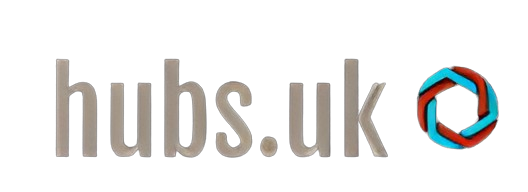Are Sponsored Links Passing Link Juice Without rel=sponsored?
Google clearly states that backlinks labeled with rel=sponsored or rel=nofollow do not contribute SEO value in terms of passing link juice. However, what about instances where links aren’t explicitly labeled as sponsored or nofollow but appear in sections titled “Our Sponsors” or “Partners”?
I haven’t come across any definitive information regarding whether Google intentionally ignores link juice for links displayed alongside text indicating sponsorship or partnership.
If anyone has insights, experiences, or thoughts on this topic, I would greatly appreciate your input. I’m exploring several backlink opportunities but am unsure of their value in situations where links lack clear sponsorship or nofollow designations.


2 responses to “Passing link equity? Sponsored links without using rel=sponsored”
This is a great question and one that many in the SEO community are contemplating. Google’s guidelines clearly state that any backlinks that are marked with rel=sponsored or rel=nofollow don’t pass on link juice, which serves to maintain the integrity of search results. However, when it comes to links in sections labeled “Our Sponsors” or “Partners,” the situation becomes a bit less clear-cut.
While Google has not explicitly detailed how they treat links in these contexts, there are several considerations to keep in mind:
Context Matters: If the links are in a clearly defined sponsorship or partnership section, it is plausible that Google could interpret these as paid links, even without the rel=sponsored attribute. This could lead to the conclusion that they should not pass link juice.
Discretion and Best Practices: Without explicit guidelines from Google on this matter, a “best practice” approach would be to either ask the site owner how they handle these links or to look for links that are clearly marked to avoid any confusion. Engaging in practices that could be perceived as attempting to game the system could have long-term repercussions.
Risk of Association: Partnering with sites that display unmarked sponsored links could pose risks. If the site is perceived as spammy or engaging in questionable SEO practices, it could negatively impact your link profile.
Testing and Observations: Some SEO professionals suggest performing A/B tests with various types of links to see if there are any noticeable differences in traffic or ranking. If you choose to pursue these opportunities, monitor the results closely.
Diversify Your Link Building: Given the uncertainty with unmarked sponsored links, it may be wise to diversify your backlink strategy. Focus on high-quality content that earns links naturally, as well as opportunities from reputable sources that clearly adhere to Google’s guidelines.
In summary, while there’s no definitive answer without Google’s explicit clarification, exercising caution and focusing on best practices seems prudent. If you do proceed, treat the link opportunities with an understanding of the risks involved and ensure that your overall strategy is holistic and aligned with ethical SEO practices.
This is a fascinating topic! While Google has made its stance clear regarding the use of `rel=sponsored` and `rel=nofollow` attributes, the nuances around link equity in contexts like “Our Sponsors” or “Partners” can be quite perplexing.
From my perspective, while the explicit labeling of links is a crucial factor, it’s also important to consider the overall context and intent behind the links. Google’s algorithms are designed to recognize patterns and semantics not just in the links themselves but also in surrounding content. Therefore, links placed in sections that clearly indicate sponsorship or partnerships may still be recognized differently by search engines.
I suggest exploring the potential of these links by looking into factors such as the domain authority of the sites you’re linking to, the relevance of the content, and even the display visibility of these links on the page. Additionally, considering user engagement metrics could provide insights into whether such links ultimately drive traffic and value, despite the absence of explicit nofollow or sponsored tags.
Furthermore, maintaining transparent relationships in your backlink strategy can help build trust with both users and search engines, which could be beneficial in the long run. Have you considered A/B testing some of your link placements to measure their impact on traffic and engagement? That might provide tangible insights into their value!